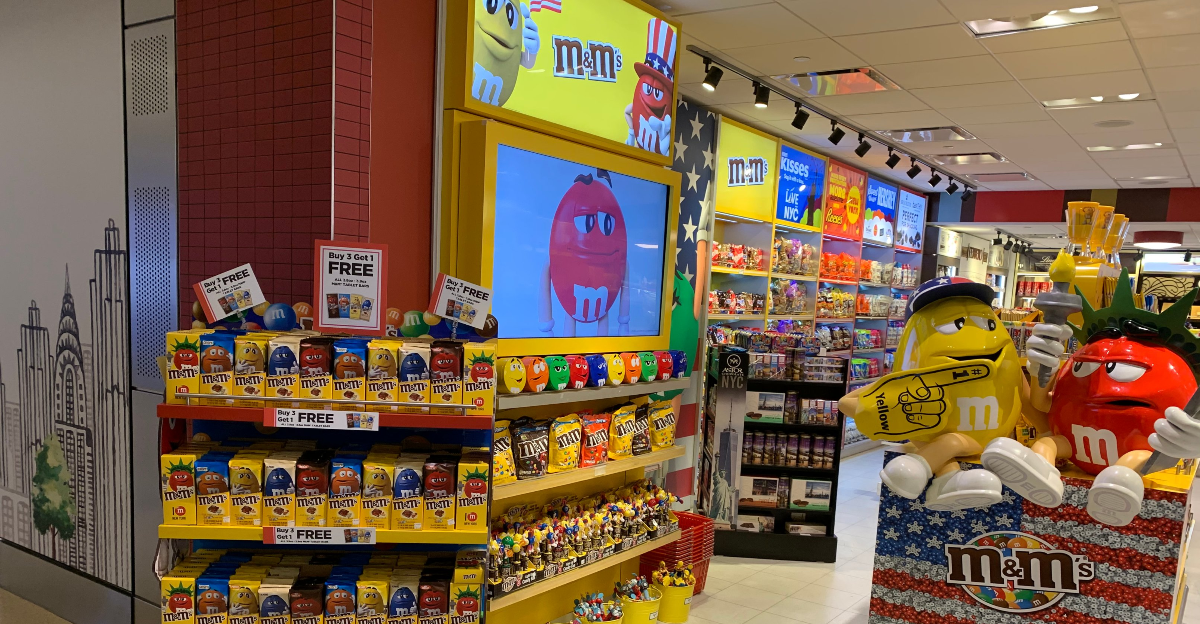
Barely three months after Health Secretary Robert F. Kennedy Jr.’s campaign to eliminate synthetic food dyes, significant progress has been made, with major food manufacturers pledging to remove these dyes by the end of 2027.
Companies such as Nestlé, ConAgra, Kraft Heinz, General Mills, and PepsiCo have joined Kennedy’s initiative, hoping to phase out petroleum-based dyes from products like Jell-O snacks, Kool-Aid, and Lucky Charms cereals.
The movement is part of Kennedy’s “Make America Healthy Again” initiative, which aims to reduce ultra-processed foods linked to health issues in children. However, there is one company that is refusing to budge.
FDA and Experts Support Dye Removal Efforts
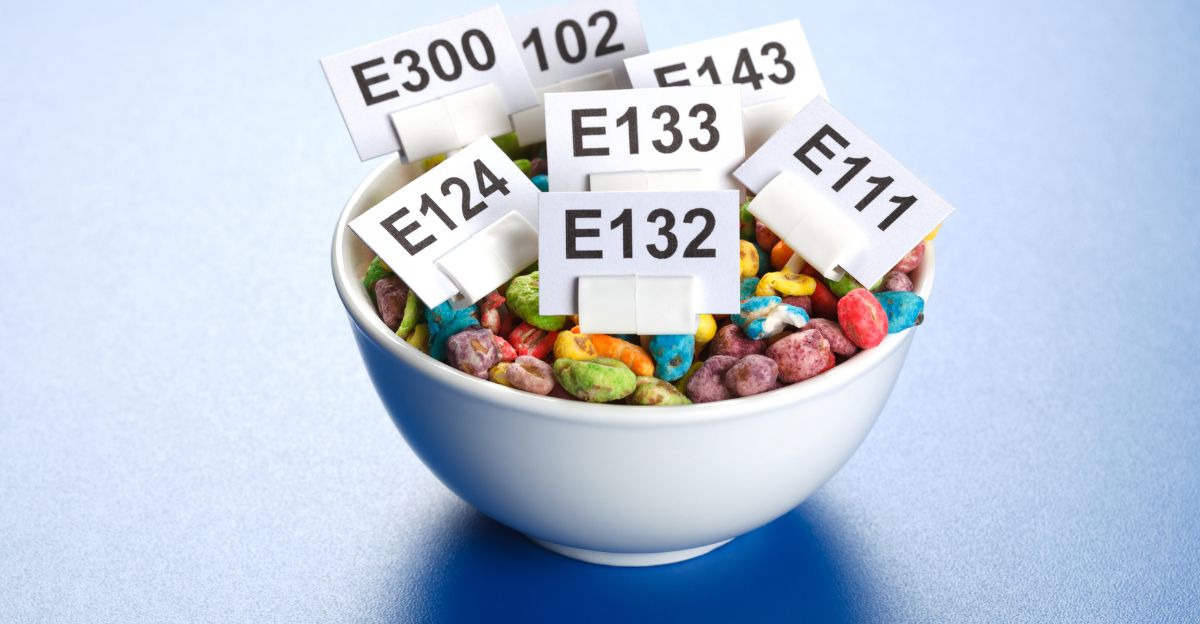
According to FDA Commissioner Marty Makary, the agency is working alongside the food industry to voluntarily remove six commonly used synthetic dyes by the end of 2026.
Makary emphasized the importance of this effort, stating, “Taking petroleum-based food dyes out of the food supply is not a silver bullet that will instantly make America’s children healthy, but it is one important step.”
Experts like Thomas Gall, a principal scientist at the Center for Science in the Public Interest, commended Kennedy’s push but remained cautious, given that food companies have made similar promises in the past but then failed to deliver. In a statement, Kennedy’s spokesman, Andrew Nixon, focused on the administration’s encouragement for food manufacturers to prioritize public health over profits. But who is the company that is not willing to comply?
Candy Giant Emerges as a Major Obstacle
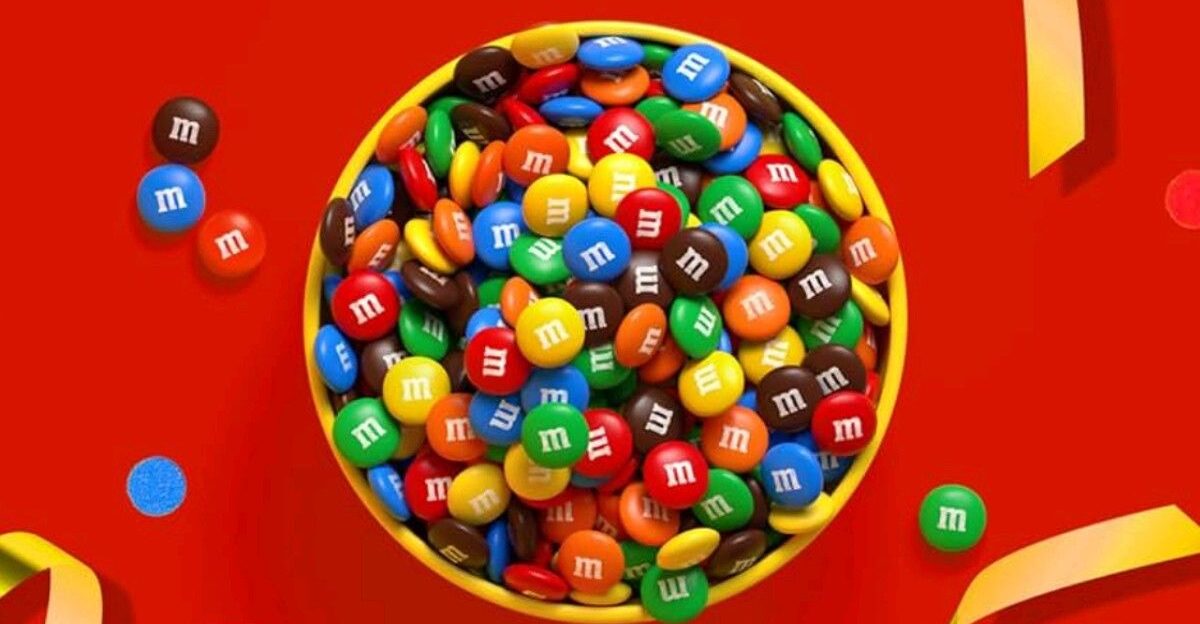
Despite these advances, the candy industry remains a significant obstacle. Mars, the maker of M&M’s and Skittles, has resisted calls to remove artificial dyes from its American products.
While Mars eliminated artificial colors from M&M’s sold in Europe due to consumer demand, it continues to use them in the U.S., citing technical challenges and American consumers’ preferences for brightly colored candies.
The resistance to change reflects a broader industry stance that synthetic dyes are essential not only for visual appeal but also for taste, with some executives claiming that without these dyes, candies might taste like “raw vegetables.”
Mars’ Broken Promise on Artificial Colors
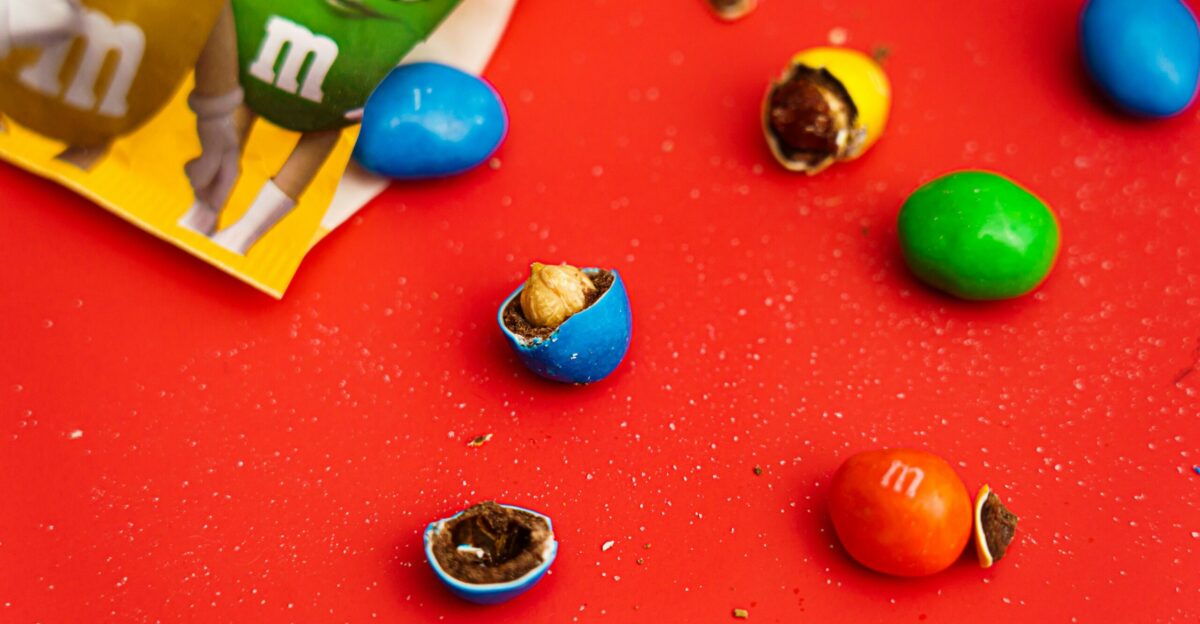
Mars had initially pledged in 2016 to remove artificial colors from its products globally, but it reversed course in the United States market.
The company explained that while European consumers had favored natural alternatives, American consumers preferred the traditional bright colors, leading to a strategic decision to maintain synthetic dyes in U.S. candies. This divergence highlights the complexity of balancing consumer preferences with public health concerns.
Industry’s Resistance to Voluntary Reformulation
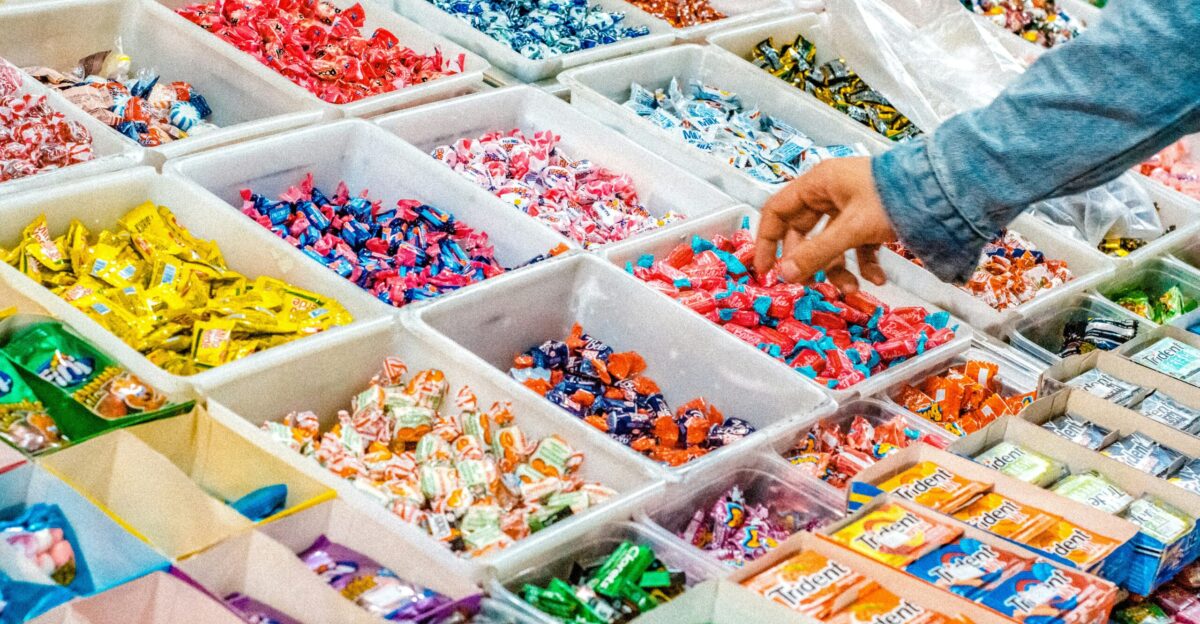
The National Confectioners Association has publicly indicated that candy manufacturers won’t change formulas without federal mandates, signifying resistance to voluntary change.
This stance does not bode well in other food sectors where similar voluntary commitments are made. It indicates that without regulation, artificial dyes will continue to be a staple in most candies.
Public Health Concerns Over Synthetic Dyes
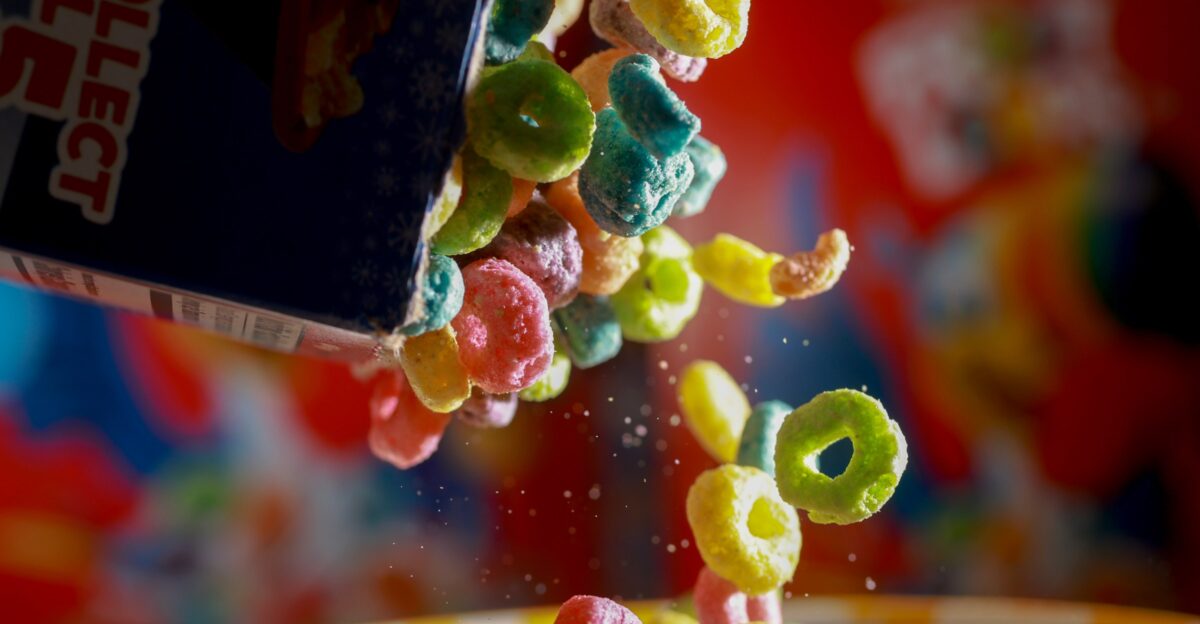
Public health advocates have raised concerns about synthetic dyes, associating them with neurobehavioral issues like ADHD in children.
Kennedy’s work and the FDA research reference studies support the idea that these dyes may exacerbate behavioral problems, which led to calls to remove them from the food chain.
The FDA has reacted by introducing a gradual ban on some dyes, with deadlines intended to motivate companies to voluntarily comply before they are forced to by more stringent rules.
International Regulatory Landscape
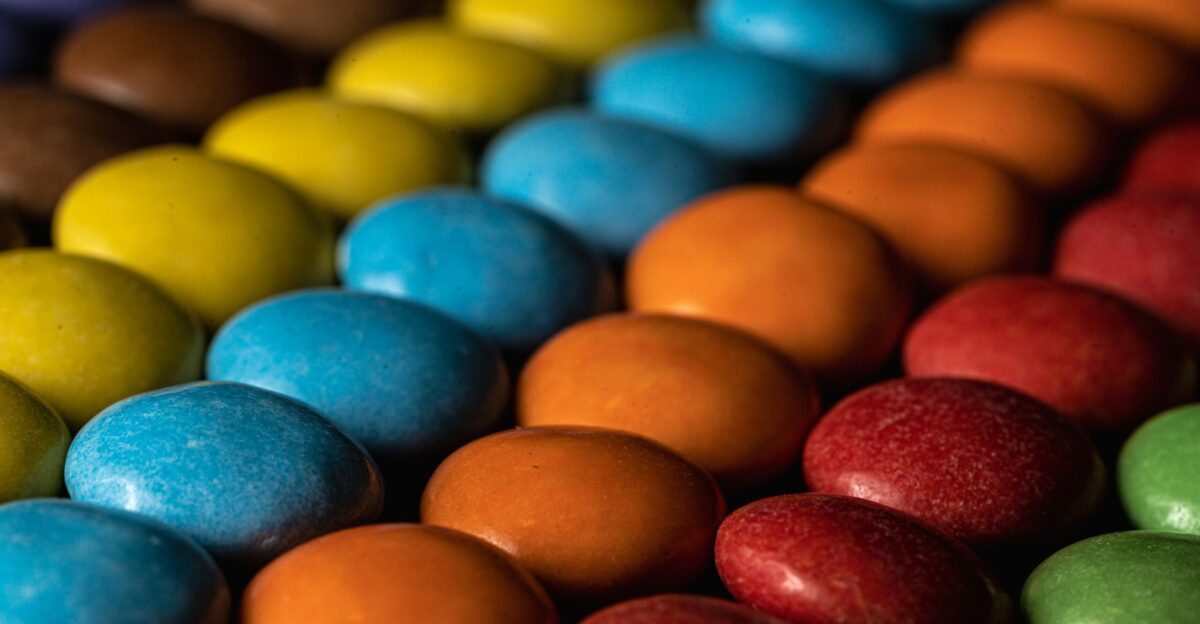
Internationally, the European Union and other countries have already banned or restricted a number of artificial food dyes, which is in line with a more precautionary approach to food additives.
This regulatory contrast is now putting even more pressure on U.S. manufacturers like Mars to reconsider their use of artificial colors as consumer awareness continues to increase.
Limits of Peer Pressure Strategy
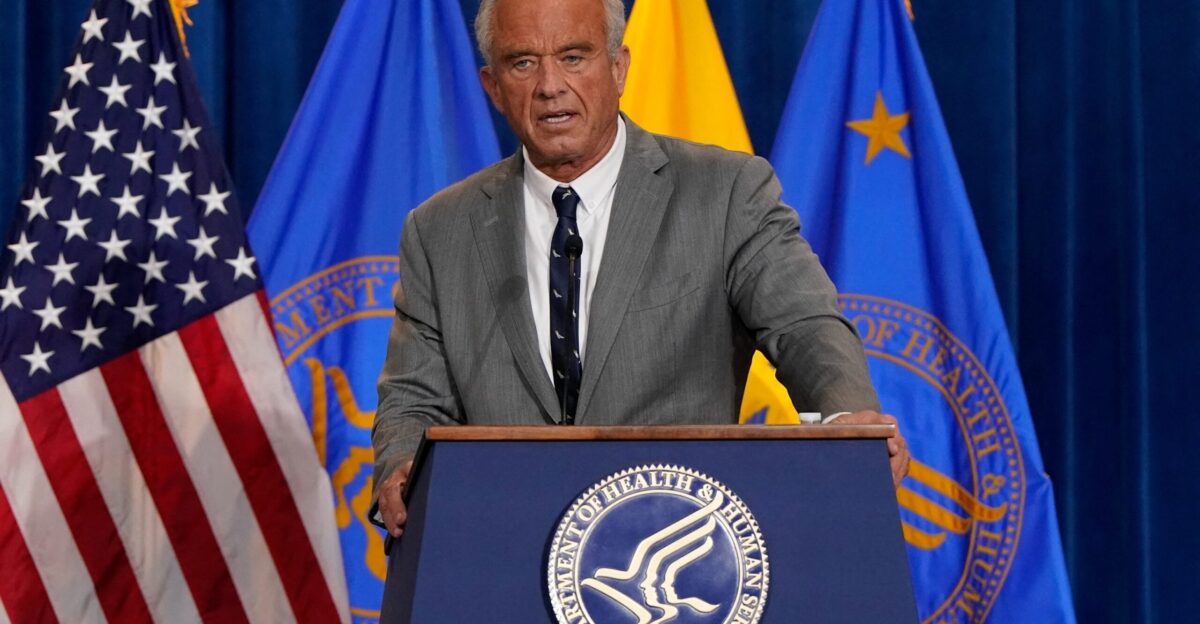
Kennedy’s approach depends largely on peer pressure and voluntary agreements rather than immediate federal mandates. While this approach has yielded commitments from some food giants, the candy industry’s resistance reveals the limits of persuasion without legislative backing.
Experts such as Scott Faber of the Environmental Working Group suggest that state-level actions, such as legislation in West Virginia, may ultimately force candy companies to comply or lose market share.
Consumer Preferences Complicate Reformulation
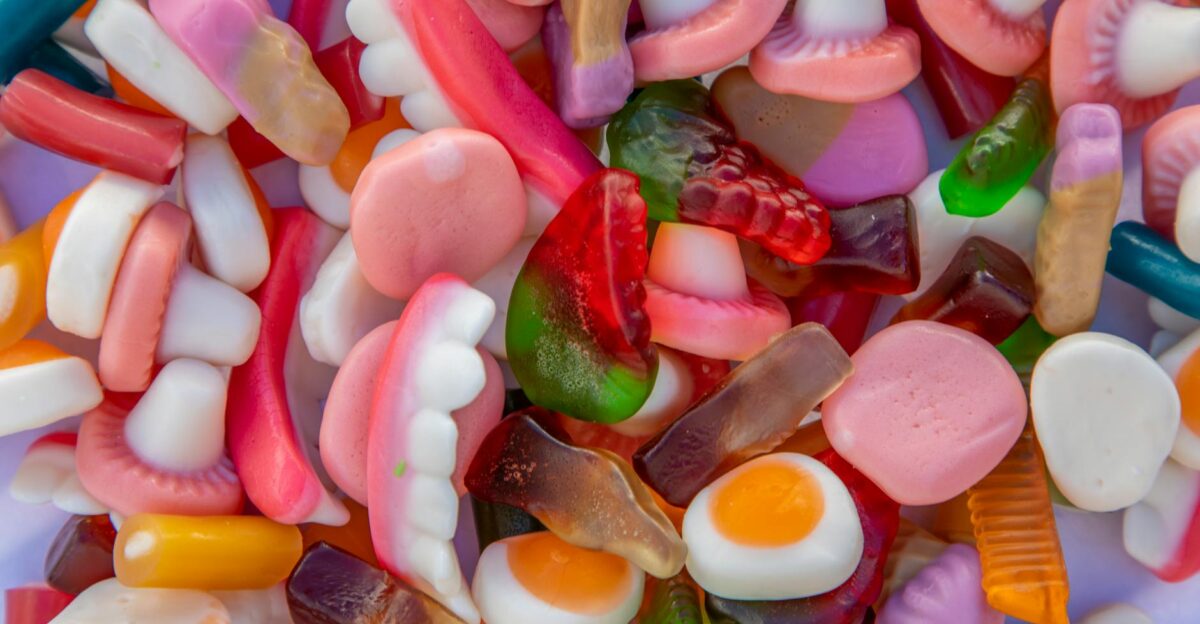
Candy companies maintain that artificial dyes are integral both to the color and the sensory experience of their products. The American consumer’s penchant for brightly colored candy is a stumbling block to reformulation efforts, as companies fear losing market appeal and sales if colors are dulled or altered.
Regulatory Pressure and Consumer Demand Will Decide
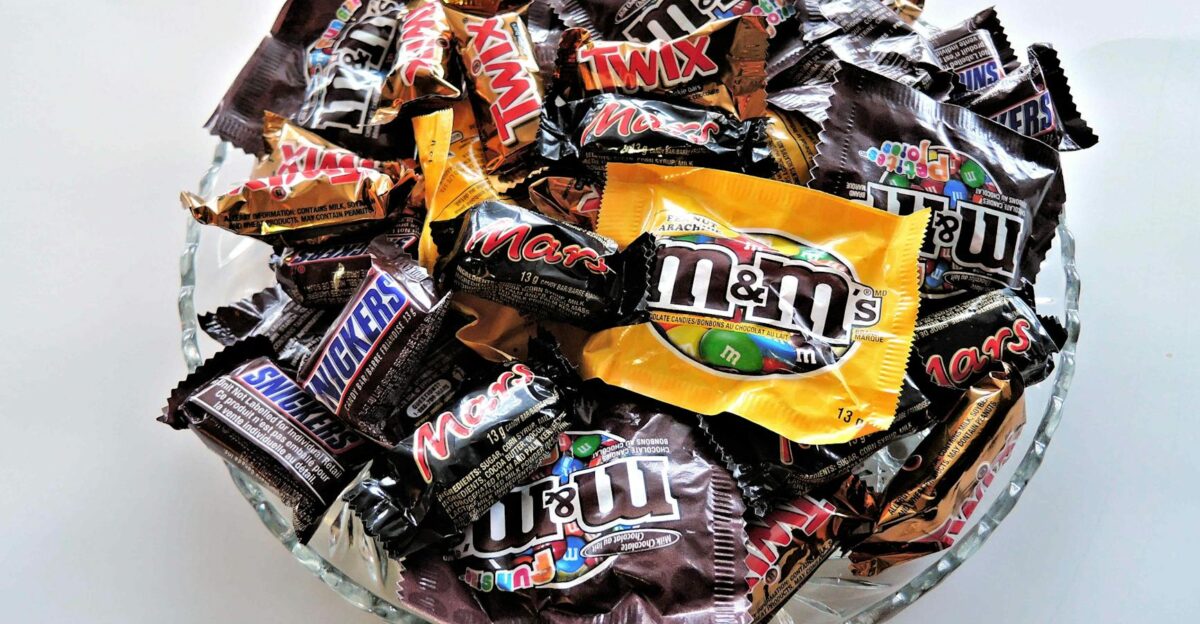
In conclusion, while Robert F. Kennedy Jr.’s campaign has been successful in reducing synthetic dyes in many food products, the candy industry—led by Mars and its flagship product, M&Ms—is still a tough nut to crack.
This outcome will be determined by ongoing public pressure, consumer demand shifts, and possible regulatory actions from both federal and state governments.
